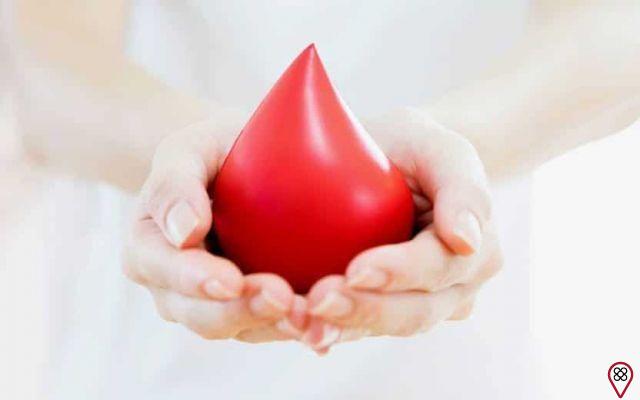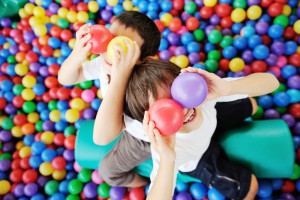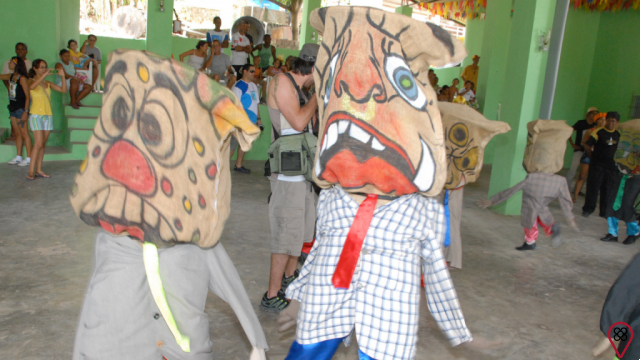We noticed that it has been increasingly common to meet someone with autism. What once seemed to be something distant, is now more present in society. But what is autism and how does it manifest?
According to data from the Center for Disease Control (CDC) of the United States, released in 2022, autism manifests between 1 to 2% of the world population and, in Spain, approximately two million people have autism. Among children, the proportion is that one in 59 suffers from a problem that is still poorly understood, but much studied.
The disorder occurs in a very variable way from case to case, but in general it manifests itself in the alteration of communication and in the relationship with others. Therefore, in this article, understand more about autism, the types, causes, characteristics, if it has a cure, as well as the importance of talking about the topic.
What is Autism?
Autism Spectrum Disorder (ASD) is a neurological and developmental condition that begins in childhood and lasts a lifetime. It affects how a person behaves, interacts with others, communicates and learns. This disorder includes what was known as Asperger syndrome and pervasive developmental disorders not otherwise specified.
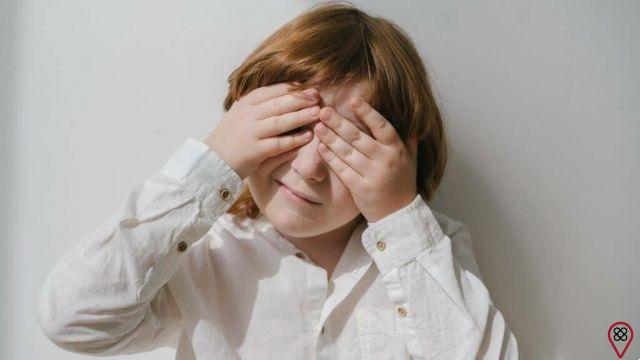
It's called "spectrum disorder" because different people with ASD can have a wide range of different symptoms. Knowing what the types and symptoms are is important to discuss more about this disorder.
That's why April 2 was established by the United Nations (UN), in 2007, as Autism Day. In this sense, throughout the month of April, several campaigns and initiatives are carried out around the world that talk about the disorder and seek to warn about its growing prevalence, informing about the evolution of this condition.
types of autism
Currently, autism is not considered a single diagnosis, but a set of disorders that have in common a certain degree of alteration in three areas: deficits in social interaction, communication problems and an abnormally restricted repertoire of behaviors and interests, which the patient may still have symptoms of mild autism.
autism graus
There are 5 main degrees of autism. So people who suffer from it can be located at any point on the spectrum:
1 - Children's syndrome: is one of the names by which classic autism is known, as opposed to Asperger's syndrome. In children, it manifests itself with problems in different intellectual abilities, in addition to social, relational and empathy problems. This disorder was first described by the same person who gave it its name, Dr. Leo Kanner.
2 — Asperger's Syndrome: is a neurodevelopmental disorder that especially affects communication and social interaction. This disorder is included in the Autism Spectrum Disorders (ASD).
3 — Rett syndrome: is a rare neurological and genetic developmental disorder that affects the way the brain develops and causes a progressive loss of speech and motor skills. This disorder mainly affects girls.
4 — Heller syndrome or disintegrative disorder: is a rare, generalized developmental disorder that involves an alteration in the ability to develop language, social skills, motor skills, and cognitive and behavioral skills.
5 — Pervasive developmental disorder not otherwise specified: It is a type of disorder characterized primarily by a profound and severe disturbance in three of the main areas of a child's development. These affected skills are: language skills, behavior and relationships and social interests.
What causes autism?
The cause of autism is not known, although autism is known to be genetic, as it is more common in siblings of children with autism (frequency 4,5% in siblings of patients). This was stated in several interviews, publications and in scientific journals by the psychiatrist Estevão Vadasz, creator of the Autistic Spectrum Disorders Program at the USP School of Medicine.

As such, autism can result from the disruption of normal brain development early in fetal development, caused by defects in genes that control brain growth and regulate how neurons communicate with each other.
symptoms of autism
Listed below are possible initial indicators, but they are not diagnostics. If you identify any of these characteristics, you can ask a pediatric neurologist or psychiatrist for help in making a diagnosis.
Signs of autism in babies
Early signs of autism can be misunderstood and misinterpreted. It's just that the little ones seem extremely independent and undemanding. Among some signs are:
— The baby avoids contact, for example: he doesn't look at you while you feed him or he doesn't respond to your smile;
— Does not respond to its name or the sound of a familiar voice;
— Does not visually follow objects or their gestures;
— It makes no sound to get your attention;
— Does not respond to caresses and does not communicate with parents.
signs of childhood autism
Many children with autism spectrum disorder (ASD) show developmental differences as babies – especially related to their language and social skills. Some signs are:
— They don't point things out to indicate needs, nor do they share things with other people;
— They don't say many words;
— They repeat exactly what others say;
— Do not respond when called by name, but respond to other sounds (such as car horn or cat meowing);
— They refer to themselves as “you” and to others as “I”, or mix the pronouns;
— They often seem not to want to communicate;
— Do not initiate or continue a conversation;
— Do not use toys or other objects to represent people or real life in simulated play.

Signs of autism in adults
Although autism can be diagnosed at any age, some people discover when they are adults that they have the disorder.
The following list offers some examples of the types of behaviors common in people diagnosed with autism spectrum disorders. Not all people with these disorders will have all of the behaviors, but most will show some of the behaviors listed below:
— Making little or inconsistent eye contact;
— They tend not to see or hear people;
— Rarely share objects or activities they enjoy;
— Do not respond or are slow to respond when called by name;
— Have difficulty following conversations;
— Often talk too long about a preferred topic, not allowing others a chance to respond or not noticing when others react indifferently;
— They have facial expressions, movements and gestures that do not correspond to what they are saying;
— They have an unusual tone of voice, which may sound like they are singing, or have a monotonous, robot-like tone;
— Have trouble understanding another person's point of view;
— They repeat certain behaviors, such as repeating sentences;
— Show intense and prolonged interest in certain topics, such as numbers, details or facts;
— They get irritated by a small change in routine;
— They are less sensitive than other people to sensory stimuli, such as light, noise, clothing texture or temperature.
Signs of autism in girls
Autism is said to be more common in boys than girls, according to the 2022 Center for Disease Control (CDC) report.
Even so, caution is needed in the diagnosis. It turns out that girls often go undiagnosed because they don't conform to autism stereotypes and hide symptoms better than boys, as well as adapting to society and faking or copying specific behaviors.
Among the signs of autism in girls are:
— They look for quiet and isolated places in social situations (breaks, parties, etc.);
— Often have anxiety attacks or cry in situations where it doesn't seem to make sense;
— Girls who imitate their peer group mechanically and not spontaneously;
— They can appear to be self-centered, always wanting to lead the game and having a hard time changing their minds;
— They establish exclusive friendships, being able to become obsessed with other children;
— They play with dolls or symbolic objects (eg food), but focus on organizing the game, setting the scene and ordering objects, not the game itself;
— They don't understand the jokes of their peer group and are often victims of them;
— Relate dependently to adults or children.
Is Autism Curable?
Autism has no cure, but those patients who have early access to treatment improve significantly. The environment should be highly structured and include special education teachers, speech therapy, vocational treatment, and adaptive skills training.
Behavioral treatment reduces unwanted behaviors, promotes language and social interaction, and also increases skills that promote independence.
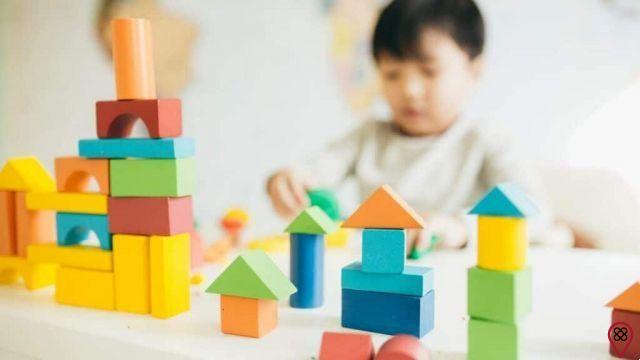
There are associations for parents of children with autism that are very helpful in organizing and distributing resources. Therefore, educational programs must be based on structured principles and include systems of behavioral learning, speech therapy and occupational therapy.
Sometimes medication is needed to treat psychiatric symptoms that may appear, such as antidepressants to reduce repetitive behaviors and antipsychotics to improve social interaction.
celebrities with autism
In economics, even in politics, we hear every day the names of people who changed the world we live in. What not everyone knows is that some of them are autistic. That's why people with autism can develop well in professions.
Can you think of any names? Here are some famous people who have turned their atypical way of perceiving reality into an incredible force.
Bill Gates
Microsoft's historic founder, entrepreneur, computer programmer and philanthropist, Bill Gates is one of the most well-known and admired successful men in the world. What not everyone knows is that he has Asperger's syndrome.
Elon Musk
Yes, Elon Musk too. The entrepreneur, who had a clear vision of the future more than anyone else, is the founder of Tesla, PayPal and SpaceX and declared that he has always lived with Asperger's syndrome.
Bobby fischer
Master and world chess champion, Bobby Fischer has always stood out for his genius, but also for some disorders that characterized his person, such as Asperger's syndrome, paranoid schizophrenia, obsessive-compulsive disorder and almost total absence of social interactions.
Thomas Jefferson
Thomas Jefferson, the third president of the United States, appears to be among the most likely testimonies of autism in high politics.
Lewis Carroll
The author of “Alice in Wonderland” left many doubts for historians and autism experts, who questioned his behaviors and disorders (social problems, speech problems, in verbal and non-verbal communication), assuming he was autistic.

We need to talk more about autism
Therefore, the earlier the diagnosis is made, the greater the chance that the patient will receive adequate help and support. There are associations that play a very important role in supporting family members, disseminating information and defending the rights of people with this condition.
You may also like
- Find out how diet can alleviate autism
- Learn more about the types of autism
- Promote social inclusion through dance
As we understand more about autism, we will achieve greater social integration, with greater tolerance and less prejudice. By supporting those who have autism, we can help them improve their skills and overcome difficulties.









